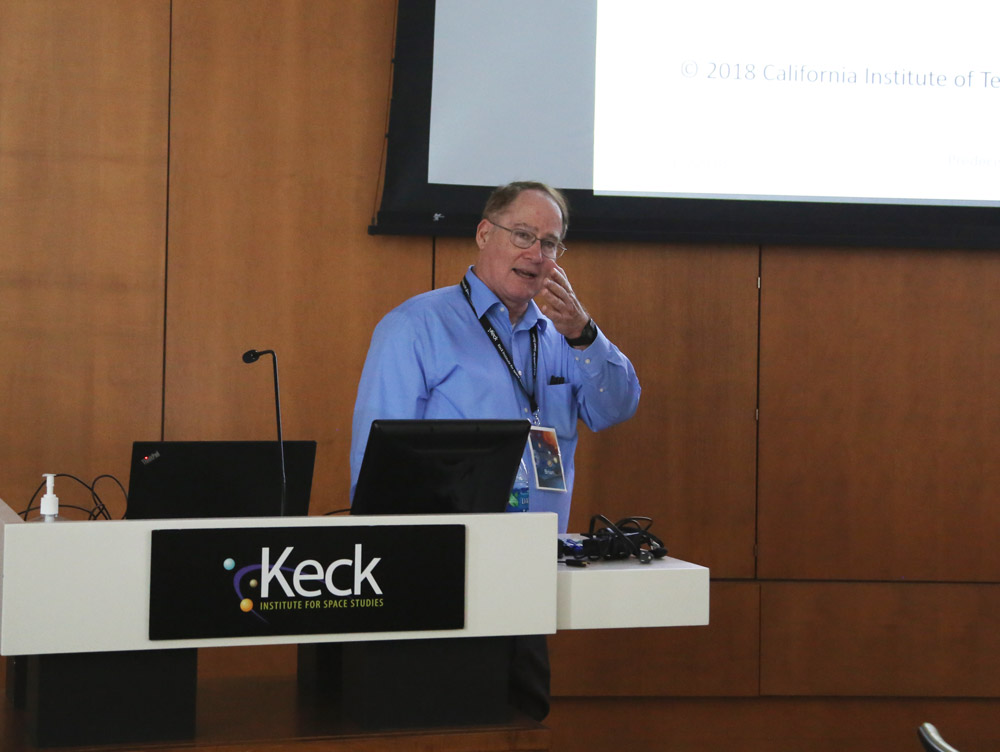Workshop Overview:
The Martian subsurface contains key information of astrobiological, geochemical, climatological, and ISRU interest that cannot be obtained with surface missions alone—but such data are needed in order to help complete a journey started by the Viking landers 42 years ago and to prepare for human exploration. Specifically, recent results from the MAVEN mission demonstrated that a significant fraction of the Martian atmosphere was lost. As the atmosphere thinned and interior and surface temperatures cooled, the upper liquid water table retrieved to warmer temperatures at increasing depths below the surface where internal heat created temperatures high enough to enable the conditions for stable liquid groundwater. If life ever existed on Mars, then it should have followed the retrieving liquid water towards greater depths. Hence our chances of finding signs of extinct life are largest in such last deep subsurface habitats that putative organisms inhabited before perishing. If life survived until today, then we might still find evidence at depths of a few hundred meters to many kilometers where liquid water could be stable for today’s low geothermal gradients. Also, before we can begin with human exploration of the red planet, we face the inevitable need for first determining the ISRU potential and hazards for human health within the Martian subsurface.
This workshop is the incubator for determining science questions, key technologies, collaborations, strategies, and mission proposals that will make deep and wide Mars subsurface access a feasible and affordable reality beyond Mars 2020. To achieve this goal, we will bring together a creative interdisciplinary team of experts from geobiology, planetary sciences, robotics, and strategy—from across academia, NASA, ESA, SpaceX, Honeybee Robotics, and Schlumberger to enable the next step in Martian exploration – access to its subsurface.
This workshop is co-sponsored by JPL, Simons Foundation’s Collaboration on the Origins of Life, Honeybee Robotics and the Keck Institute for Space Studies.

























